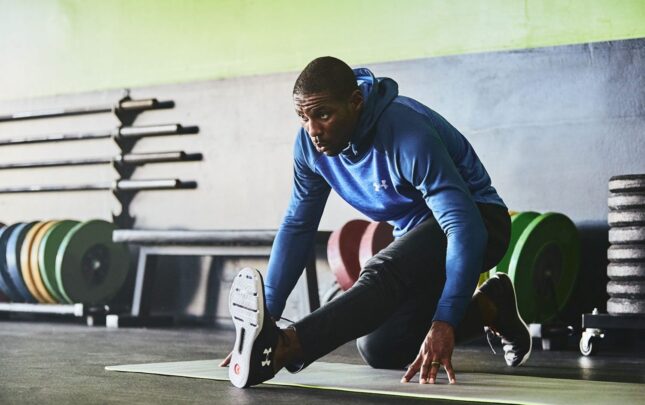
As our body ages, things change. Our bones become brittle and likely to break if we fall. Our muscles become stiff. Risk for injury during routine workout increases. Recovering takes longer. We may need to tailor our fitness program accordingly. Thus, it is helpful to have a basic understanding of our muscles and how various types of exercise affect and add strength to them.
There are many forms of exercises: cardio, stretching, and strengthening. Strengthening can come in many forms from light resistance training to power lifting.
Words such as isometric, concentric, and eccentric are common terms to describe resistive exercises.
Isometric refers to adding strength a muscle without changing its length. Concentric training strengthens a muscle as it contracts or shortens. Eccentric means strengthening as a muscle lengthens. An example of an isometric strengthening is doing a plank; the muscles in our upper arm remains static while being challenged. Doing a bicep curl is an example of concentric strengthening to the biceps which shortened as the weight is lifted. Lowering a bar slowly is an example of eccentric strengthening.
Often times, we focus on concentric portion during a formal weight-lifting program. But we drop our weight too quickly, missing the opportunity to create strength eccentrically by lowering our weight or body slowly. The key to a stronger muscle is to keep the focused muscle on tension longer.
Eccentric strengthening lengthens muscles as our aging body begins to shrink. A shortened muscle is more prone to tendonitis and tear. Normal length muscle can generate a stronger contraction than a shortened muscle. So the next time you hit the gym, keep these tips in mind.
- A light warm up prepares a muscle to work with a lower risk of injury.
- Decrease your weight to maintain proper form, preventing injuries.
- Lower your weight slowly to receive the benefit of eccentric strengthening. That specific muscle is working twice as long in both directions to tone.
- Stretching lightly prior to a work out can lower your risk of injury.
- Stretching after a workout can improve your flexibility and soreness.
- Lighter weight will allow higher repetitions for endurance training and to combat fatigue.
- Performing global strengthening instead of isolated muscle strengthening may decrease aches and pain during recreational activities and daily chores as our body ages.
If you are exercising and experience an upper extremity injury or are wanting to speak with someone about proper exercise technique related to the upper extremity our team at The Milliken Hand Rehabilitation Center is here to help!